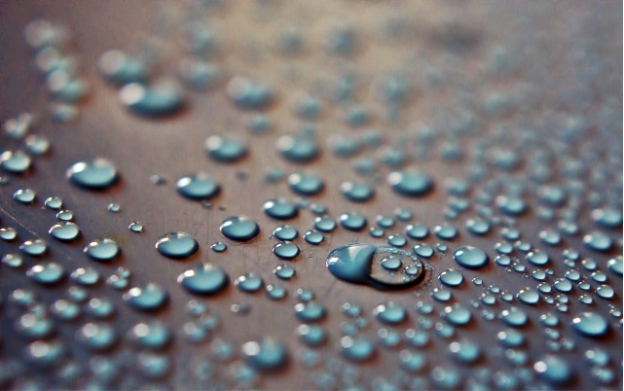Creating a robust and efficient building envelope is vital for ensuring the longevity and performance of any construction project. At Core Building Solutions, we understand the importance of distinguishing between water-resistant barriers and vapor barriers, as they play distinct roles in protecting structures. In this blog post, we’ll delve into the differences between these barriers and how our expertise can help you make informed decisions to effectively safeguard your buildings.
Water-Resistant Barrier: Keeping Moisture Out
 A water-resistant barrier, also known as a weather-resistant barrier or WRB, is a crucial element in preventing the intrusion of liquid water into a building’s structure. At Core Building Solutions, we offer water-resistant barriers that act as the first line of defense against moisture, safeguarding your building materials, such as sheathing, insulation, and framing, from potential damage caused by water.
A water-resistant barrier, also known as a weather-resistant barrier or WRB, is a crucial element in preventing the intrusion of liquid water into a building’s structure. At Core Building Solutions, we offer water-resistant barriers that act as the first line of defense against moisture, safeguarding your building materials, such as sheathing, insulation, and framing, from potential damage caused by water.
Key Features and Benefits of Our Water-Resistant Barriers:
- Breathability: Our water-resistant barriers are designed to be breathable, allowing any moisture that does penetrate the building envelope to escape. This feature prevents the accumulation of moisture within the structure, minimizing the risk of mold, rot, and other moisture-related issues.
- Durable Protection: Our water-resistant barriers are engineered to withstand adverse weather conditions, providing long-lasting protection for your building envelope. They act as a shield, preventing moisture intrusion and maintaining the structural integrity of your building.
- Compatibility: Our water-resistant barriers are compatible with a wide range of exterior cladding materials, such as siding, stucco, brick, and stone. They can be seamlessly installed beneath the cladding, creating a continuous layer of protection against water infiltration.
Vapor Barrier: Managing Moisture Vapor
In addition to water-resistant barriers, vapor barriers play a crucial role in managing moisture vapor within the building envelope. At Core Building Solutions, we offer high-quality vapor barriers that effectively control the movement of moisture vapor, reducing the risk of condensation-related issues within your structures.
Key Features and Benefits of Our Vapor Barriers:
- Moisture Control: Our vapor barriers restrict the movement of moisture vapor, minimizing the potential for condensation within the building components. By preventing moisture-related problems, such as mold growth, corrosion, and insulation degradation, our vapor barriers help maintain the integrity of your building.
- Energy Efficiency: By limiting the transfer of water vapor, our vapor barriers enhance the energy efficiency of your buildings. They reduce the potential heat loss or gain caused by moisture-related processes, including evaporation and condensation.
- Climate Considerations: The installation and use of vapor barriers depend on climate conditions. Our experienced team at Core Building Solutions can guide you on proper vapor barrier placement based on your specific climate requirements, ensuring optimal moisture control for your project.
Core Building Solutions: Your Trusted Source for Building Envelope Solutions
When it comes to selecting the right water-resistant barriers and vapor barriers for your construction projects, Core Building Solutions is your trusted partner. Our extensive industry experience, combined with our commitment to providing high-quality products, enables us to assist you in making informed decisions to effectively protect your structures.
Trust our expertise and wide range of building envelope solutions to ensure the long-term integrity and performance of your structures. Contact Core Building Solutions today to discuss your project needs and discover the best solutions for your construction endeavors.

Leave a Reply